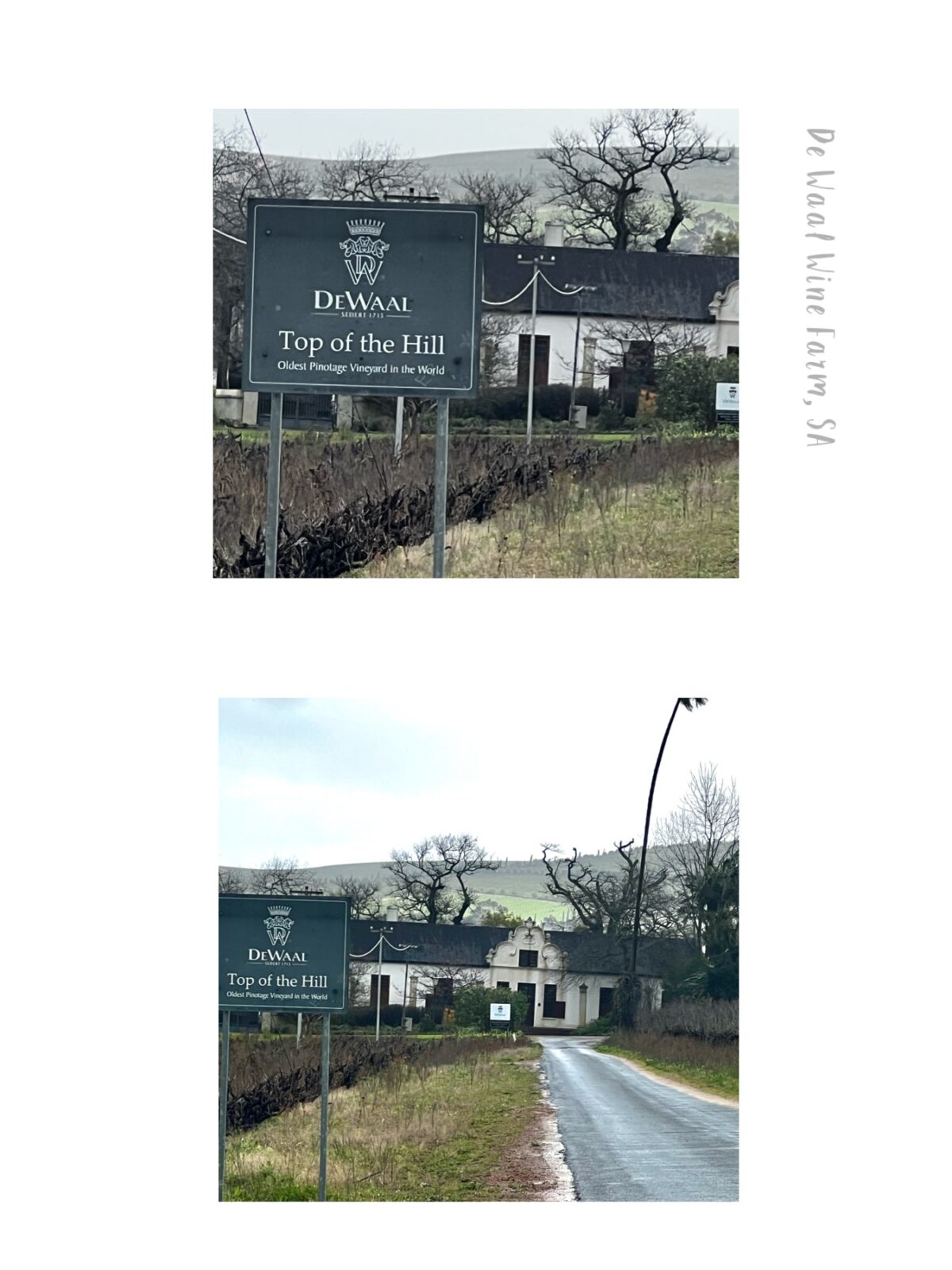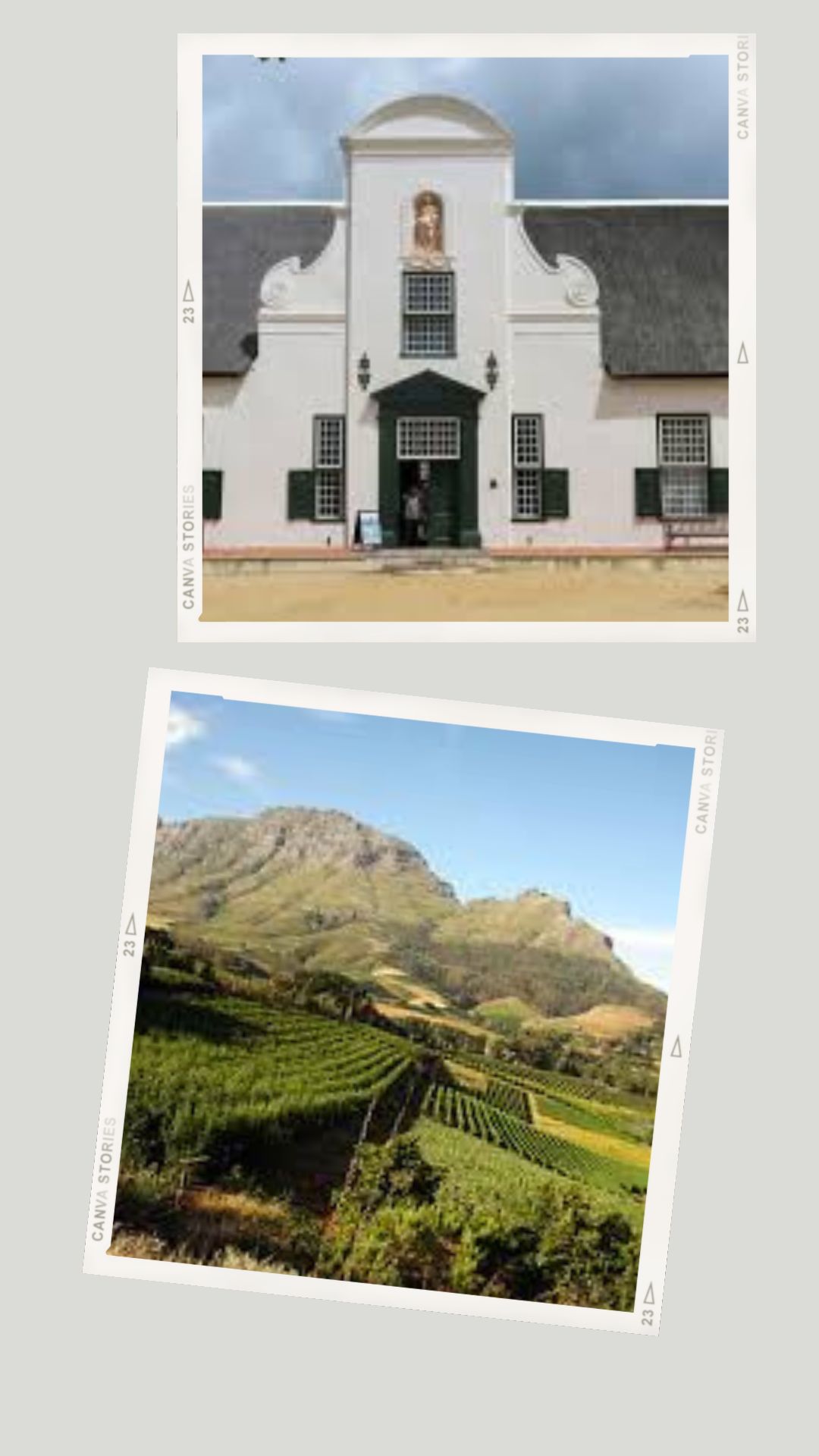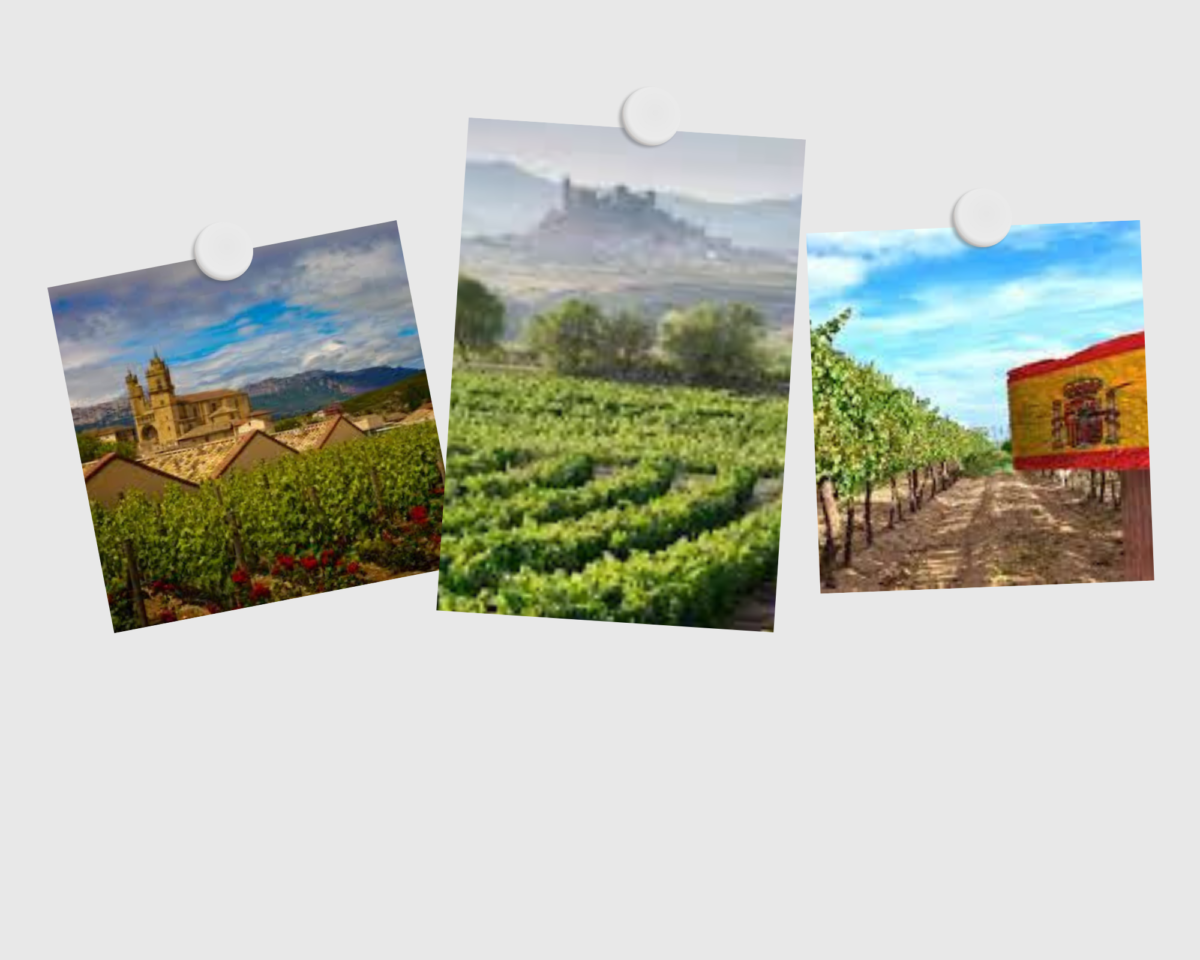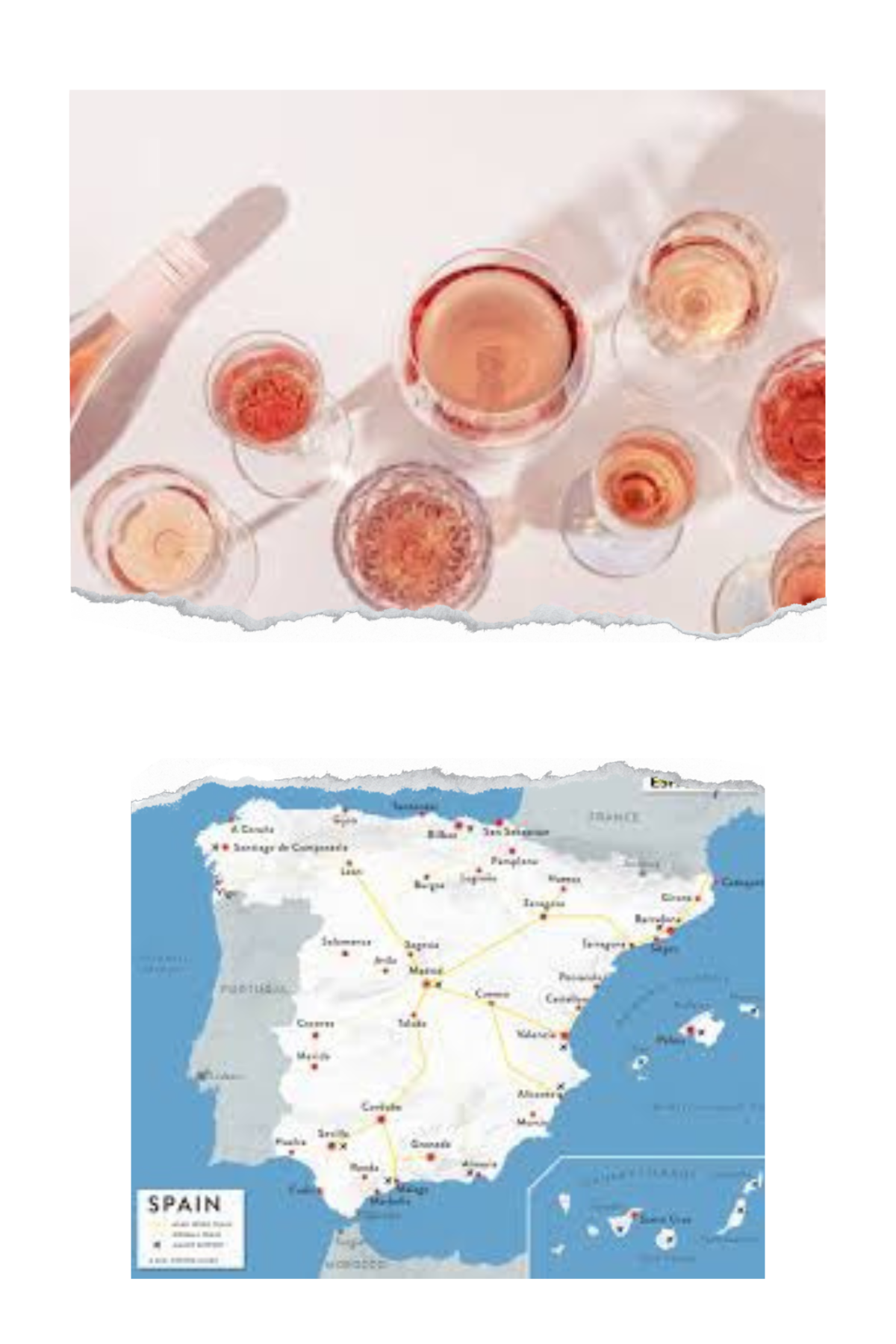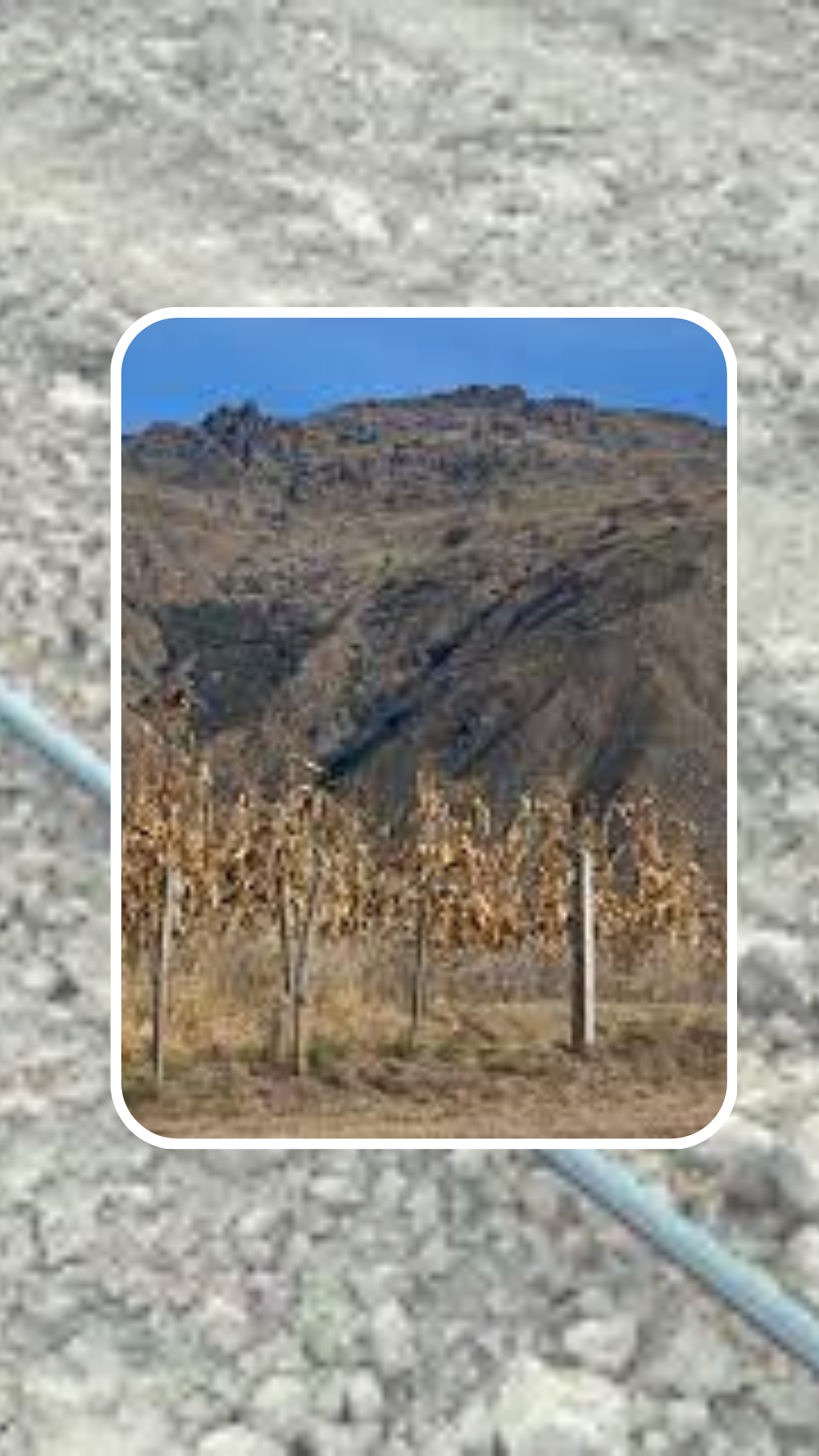The De Waal Wine Farm is located on Uiterwyk Estate in the cool Stellenbosch Kloof Valley, which has been in De Waal family since 1864. Currently owned by Pieter de Waal, this historic family has been making wine for nine generations. De Waal is renowned for the classic style of its Pinotage wines, the only indigenous South African grape variety.
Did you know?
CT de Waal was the first winemaker in South Africa to make wine from Pinotage grapes in 1941.
And,
De Waal Wine Farm is the home of Top of the Hill Pinotage, which is made from the world’s oldest Pinotage vines.

